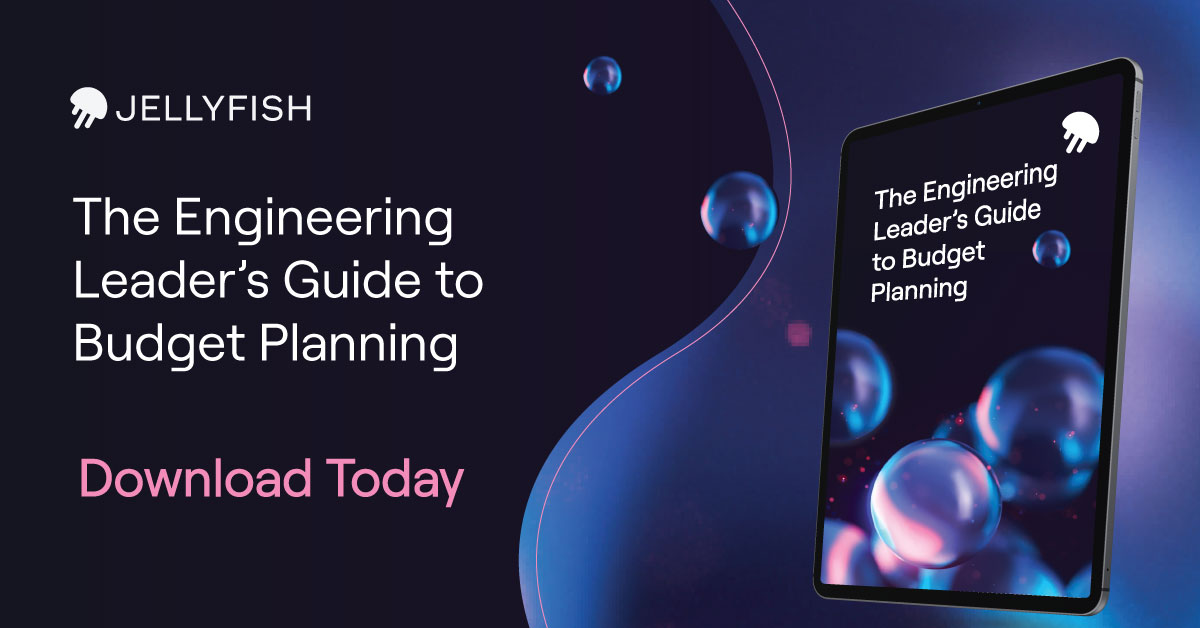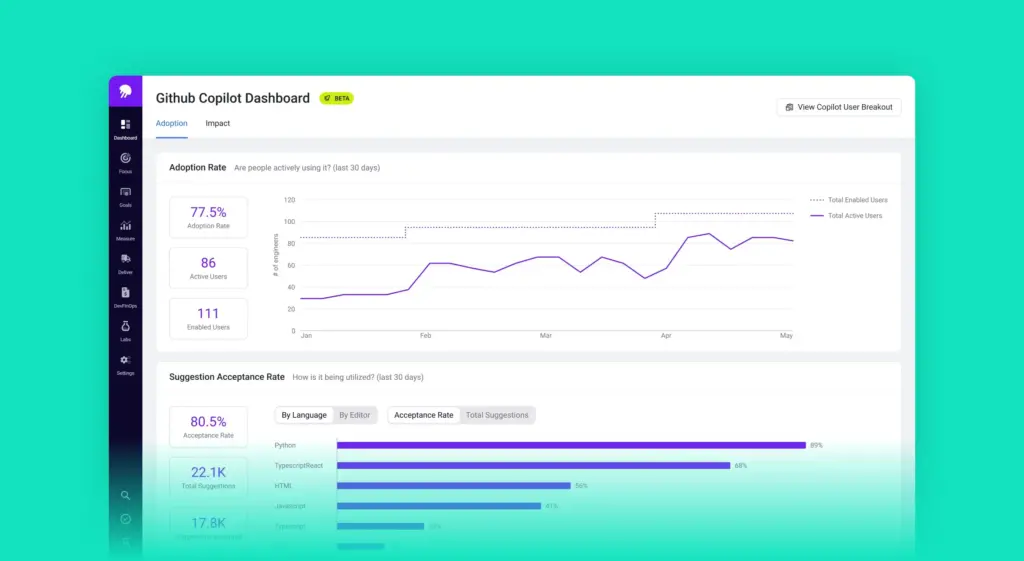As summer comes to an end, many companies begin to turn their attention towards the annual budget planning process. The budget planning process varies by company, and many first-time engineering leaders have only limited involvement in this process until their first year of leadership. And admittedly, it might not ever become your favorite part of the role. Many leaders find counterintuitive to Agile or other iterative planning methodologies that you use in more frequent planning cadences.
But the most experienced engineering leaders leverage the budget planning process to ensure they obtain the resources their teams will need throughout the year, no matter the challenge they face. Successfully obtaining the headcount you need can go a long way in helping your team achieve your most strategic objectives for the coming year. That’s why it’s critical to lean into it and treat it as more than just a necessary task as a part of your role. The final output is the budget and headcount plan, but seasoned leaders know that at its core budget planning is an exercise in strategic prioritization.
In order to help understand the engineering budget planning process at various companies, Jellyfish surveyed and interviewed companies of different sizes, industries, and locations to better understand their biggest planning pain points. We interviewed senior engineering leaders and discussed how their teams approach the planning process to solve those pain points. The result of those conversations is the Engineering Leader’s Guide to Budget Planning. For the full insights from our research, download the guide today. In this blog, we’ll discuss 5 key takeaways from our research, that you may wish to apply as you head into budget planning season.
5 Tips for Engineering Budget Planning
Every company plans differently, but we were able to distill commonly recommended approaches to planning from our discussions. Some may be more applicable to your specific situation than others but leveraging a few of these recommendations during the budget planning process could go a long way to securing the desired headcount your teams need.
- Product and Engineering usually collaborate during the planning process to ensure they are on the same page. For this reason, product and engineering leaders should consider presenting their annual plans together, as a united front. Non-technical leaders, such as your CFO or CEO, will see a united plan as strong alignment between the two teams. This could result in giving them extra confidence to move forward with your headcount requests.
- Always be prepared with a plan for what your teams would work on if given additional resources. This is especially important in smaller companies that frequently receive periodic investment funding, but it’s helpful even if you don’t expect this to occur. When changes to the plan inevitably creep in, you’ll be better equipped to shift your team to accommodate the company’s needs.
- When making the case for additional headcount, your CFO or CEO may need to better understand the trade-offs that you’re suggesting making and how your choices further the business objectives. These conversations become more difficult as companies mature, and especially when the headcount is for work related to customer support, infrastructure, system maintenance, maintaining systems, etc. Have a coordinated plan with your head of product for up-leveling these more technical work types and how they enable desired business outcomes.
- The tools you use for collaboration between Product and Engineering matter less than the quality, content, and frequency of your communication. Simple planning boards, spreadsheets, and basic systems/software for stack ranking priorities and evaluating headcount needs are used across companies both large and small.
- Use the metric Allocation to better inform your work estimates. While it will happen from time to time during your leadership career, you will want to avoid the need to make additional headcount requests due to inaccurate work estimations. And without a baseline for where your teams are spending time currently, your estimates for how many resources may be inaccurate. Engineering Management Platforms (EMPs) can help seamlessly automate the process of pulling this metric, Allocation, amongst other insights by processing signals from the tools your software teams are already using.
This Engineering Leader’s Guide to Budget Planning was written to discuss the various ways organizations approach budget planning, weighing the pros and cons to each approach, and ultimately help you maximize the total value you get from the budget planning process. For more information about engineering budget planning, download the full guide, and for more information about Jellyfish, visit jellyfish.co.







